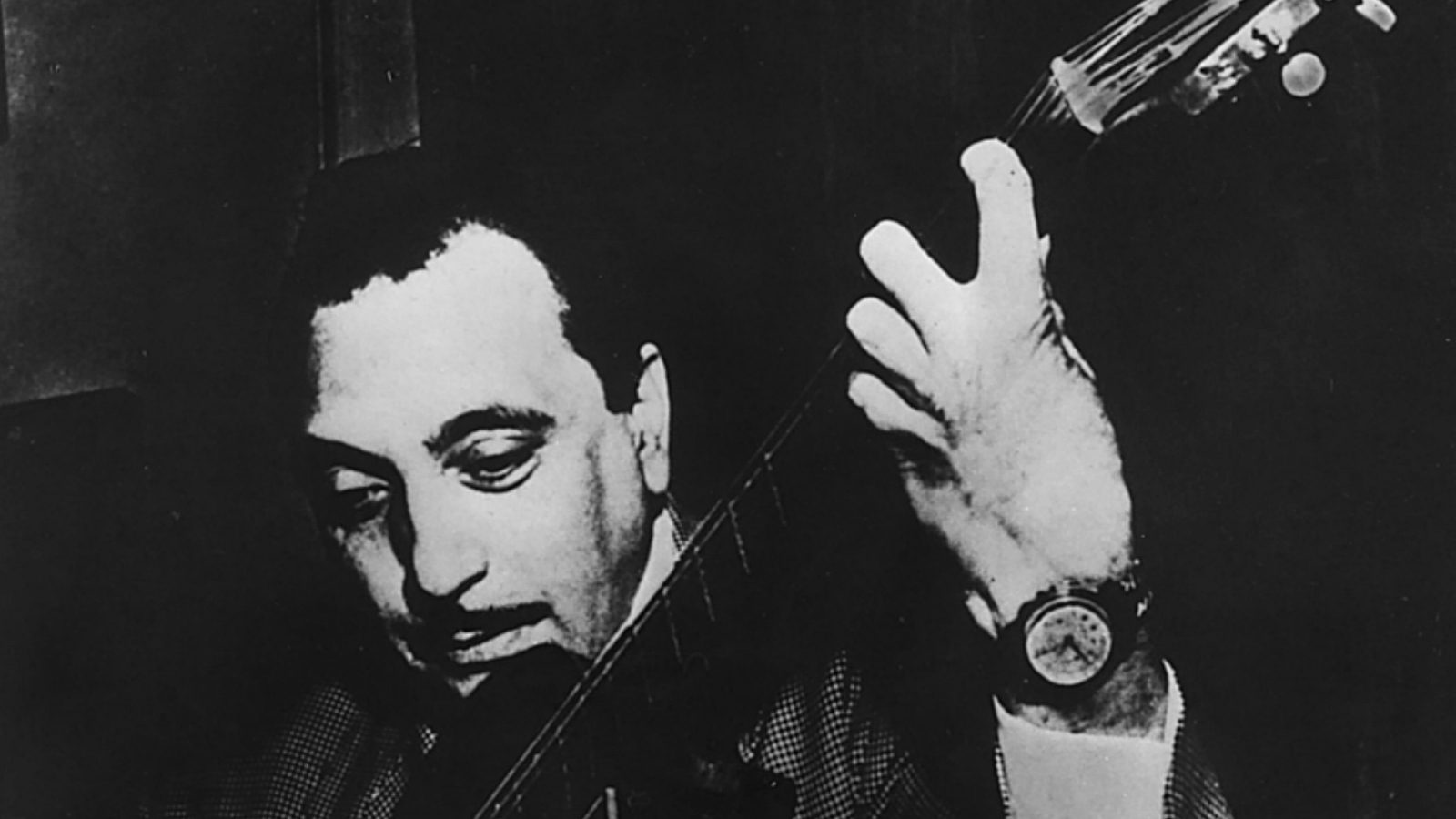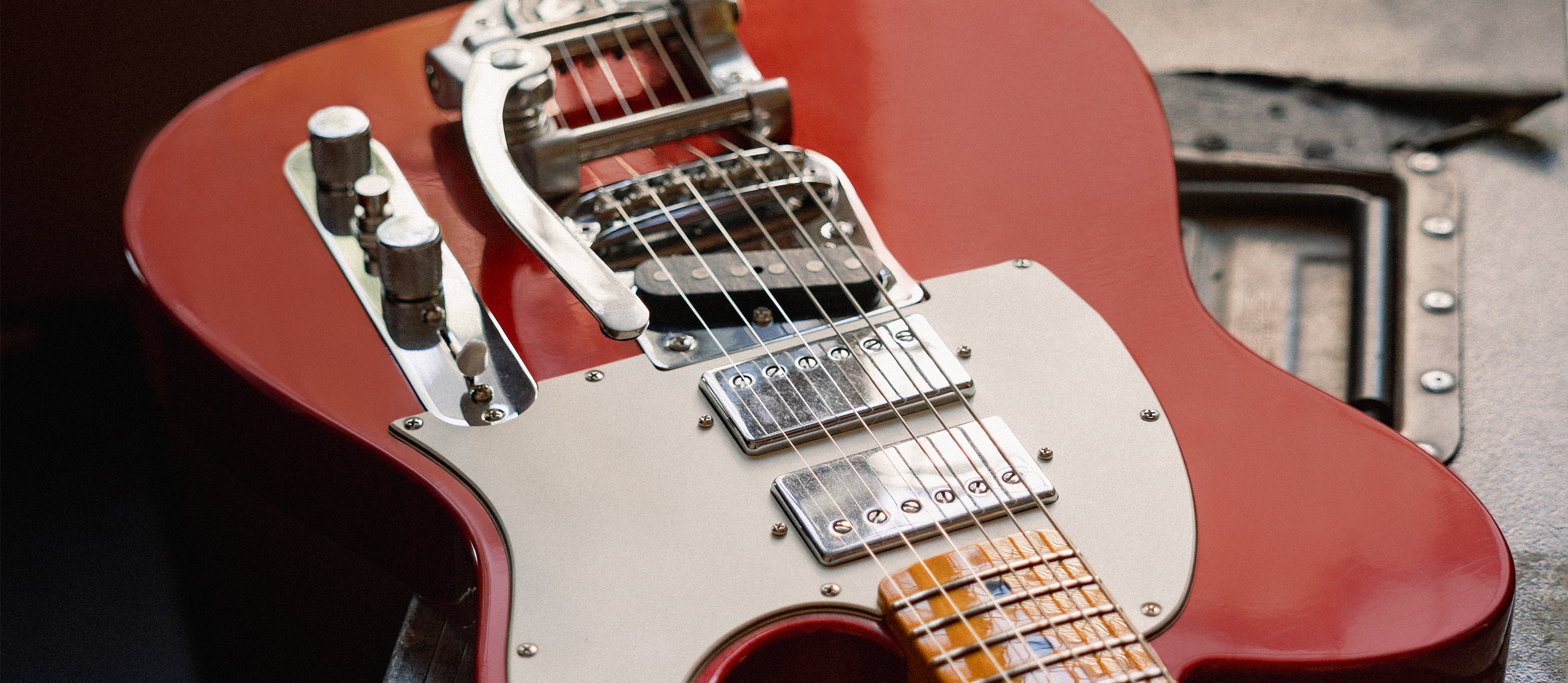“There Are Two Parts: The Rational and Irrational”: Django Reinhardt Scholar Stephane Wrembel Shares Valuable Insights Into the Technique of the Gypsy Jazz Guitar Master
Discover the core concepts and true essence of Django Reinhardt

Stephane Wrembel is one of the primary contemporary purveyors of gypsy jazz, the style laid down by Django Reinhardt in the ’30s and ’40s that made him the first global guitar star. He remains popular with myriad “hot jazz” clubs and festivals dedicated to his enduring legacy.
Wrembel curates the Django A Gogo Music Festival and Guitar Camp in Maplewood, New Jersey, New York City and Brooklyn, where he celebrated its 20th anniversary with the release of Django New Orleans on May 5.
The Freight & Salvage in Berkeley, California holds an annual soiree celebrating Django’s birthday, and GP Presents helped promote this year’s event. Wrembel performed and held a clinic. Here are a few introductory and core concepts in his own words.
Django Solo Is Essential Listening
“Between 1937 and 1950, Django composed and recorded 17 compositions for solo guitar,” Wrembel says. “It’s the most essential audio; it’s the true essence of Django. Everything that you need to know about Django’s playing is contained in there, barenaked. It’s pure Django, and you can hear exactly what’s going on.
“It’s so amazing that I spent five years working on transcribing them into a collection called Django L’impressionniste. There is a book with tablature, so everyone can learn it. And I recorded them all with modern equipment as an album, so now it exists as a recital. In it you can find the entire mechanism of Django’s mind. His concept of harmony is fascinating. You also encounter jazz, and that’s the first point here.”
It Don’t Mean a Thing if…
“Jazz equals swing, which equals a triplet with the second note muted. It’s a very simple formula, but like all music, there are two parts: the rational and irrational. The explainable part is that jazz equals swing. You can practice by releasing the notes from the fretboard in the space between for the missing part of the triplet, and then play legato for the first and the third so that they run together.
“Then try playing everything more legato, staccato or mix it up. That’s the rational center. Outside of that, whatever happens happens, because the irrational part is a great mystery. Unexplainable. All you can do is play and see where it leads you. And what separates the gypsy style from the rest of jazz is the right-hand technique.”

Plucking Technique
“Django’s technique is close to the technique used for the oud and lots of traditional instruments. It is very powerful. Django didn’t invent it; he was initiated by a great gypsy player of his time named Jean Poulette Castro, who taught him the right-hand technique. To play gypsy jazz, you must use a pick. You might be able to play the notes fingerstyle, but you will never achieve the projection of the Django tone. To achieve the tone, there is a trick to holding the pick. Upright yields a rounder tone. To get the edgy gypsy tone, relax the wrist a bit so the pick strikes the string at an angle.
“The two elements that are also in classical and flamenco guitar are the apoyendo, which is the rest stroke, meaning that the pick lands on the string below after plucking the one above. But it’s the opposite of the classical fingerstylist who plucks the other way.
“Tirendo is the free stroke, which is the up stroke. It doesn’t land, and it has a different tone. Only change strings with the down stroke. The push, or sweep is the third type of stroke. Push only going down after a rest stroke that changes strings. You don’t re-attack the same way because you’ve already rested on that string. It’s more of a push, and that push is crucial.
“By only changing strings with down strokes, and placing consecutive down strokes where other styles would have used an upstroke, it produces a certain groove. That frames the music in a certain way within the vast ocean of musical possibilities.”
Get The Pick Newsletter
All the latest guitar news, interviews, lessons, reviews, deals and more, direct to your inbox!
Jimmy Leslie has been Frets editor since 2016. See many Guitar Player- and Frets-related videos on his YouTube channel, and learn about his acoustic/electric rock group at spirithustler.com.
“Write for five minutes a day. I mean, who can’t manage that?” Mike Stern's top five guitar tips include one simple fix to help you develop your personal guitar style
"It’s like you’re making a statement. And you never know where it’ll lead." Pete Thorn shares the tip that convinced Joe Satriani he was the right guitarist for the SatchVai Band










